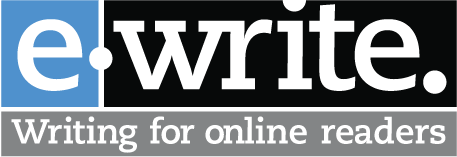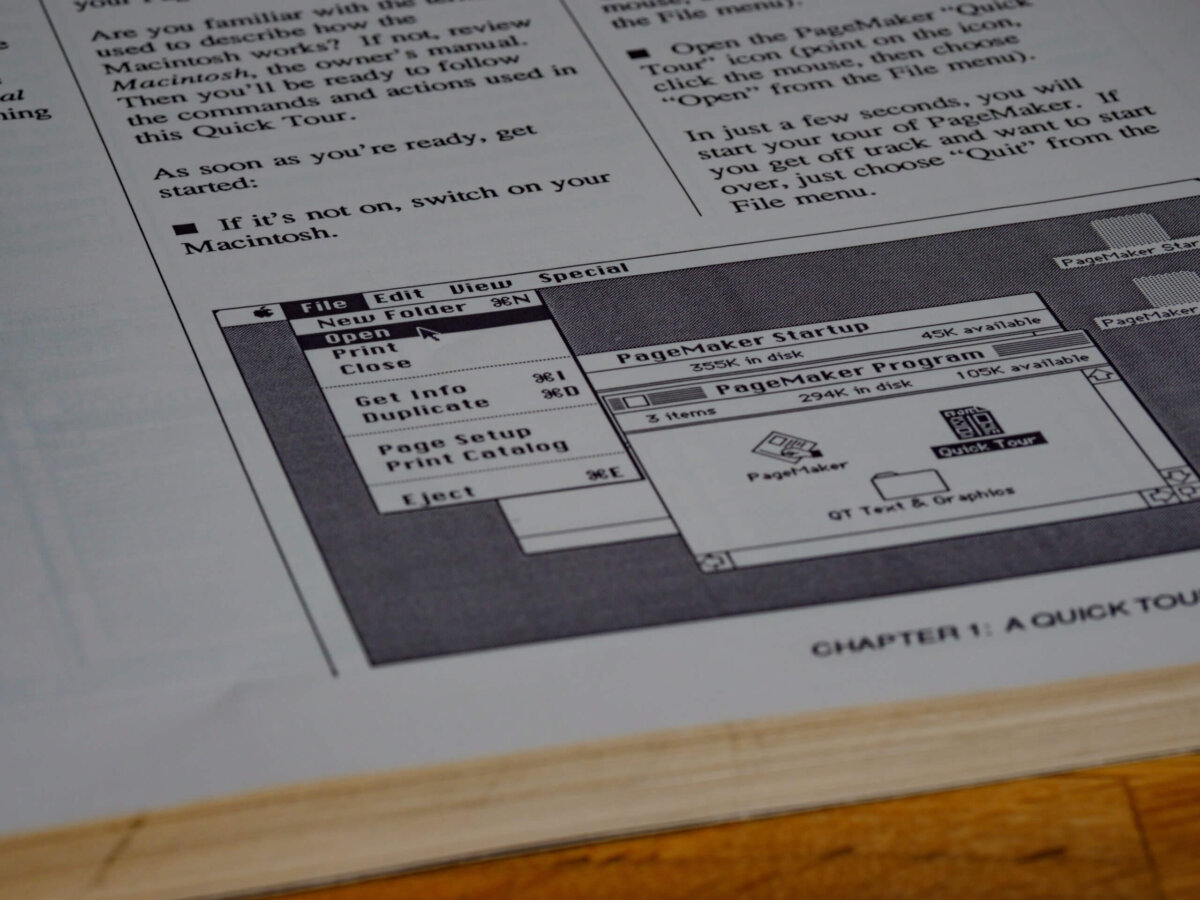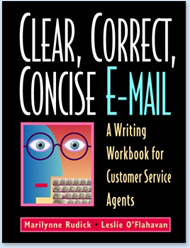This piece was originally published as part of the “Tough Talk” article series by Relate, where I’m honored to be a guest author.
You’ve had the heart-to-heart with your boss about why it’s time for you to move on. You’ve given HR your two weeks notice. You’ve archived your email, returned the back issues of professional journals to the company library, even packed up your sad-looking work sweater and black pumps. The last task? Writing your I’m leaving my job email.
 Goodbyes can be awkward, and saying goodbye in one email to everyone you’ve worked with can be really awkward. So don’t use your I’m leaving email for the goodbyes that mean the most to you. Say all of your real goodbyes in other channels. Go to lunch with the people you care about, call them on the phone, or write a personal one-to-one email.
Goodbyes can be awkward, and saying goodbye in one email to everyone you’ve worked with can be really awkward. So don’t use your I’m leaving email for the goodbyes that mean the most to you. Say all of your real goodbyes in other channels. Go to lunch with the people you care about, call them on the phone, or write a personal one-to-one email.
But for everyone else, you’ll write an I’m leaving email. Here are some tips.
THE DON’TS
Don’t explain in detail why you are leaving. This is especially true if you were fired or squeezed out. Avoid writing, “I wanted to let everyone know that I got the news today that I will no longer be working for ABC Products effective immediately. They’re letting me go because: I ‘took a day off without approval’ or words to that effect.”
Avoid sounding wounded. Don’t be passive aggressively bitter. Don’t write, “My services are no longer required by this company” or “I’ve accepted a position somewhere that will value my skill set.”
Think twice about writing cute. A friend shared the email she sent when she resigned from her last job. It’s a four-stanza rhyming goodbye that ends: “Please stay in touch/coffee, drinks, lunch and such/I’d enjoy it very much/Jane.Doe@gmail is clutch.” While this approach may have worked for Jane, it’s too big a risk for most of us.
THE DO’S
Consider asking your boss to write the email. You and your boss gain a lot with this strategy. When your boss writes your “She’s leaving” email, it conveys that your boss supports your decision and it gives him or her some control over the situation. After all, you’re the one leaving. It’s your boss who is staying and dealing with any aftermath.
List the ways to get in touch with you after you’re gone. Share your personal email and LinkedIn profile. Share your cell number, if you’d like. You may want to invite your former colleagues to contact you at your new job, but this is an option, not a requirement. If you’re trying to make a clean break from your old job, or if you are concerned that your new employer will want you looking forward, not back, then don’t share your new contact information.
Offer at least one specific statement of gratitude or joy. A gracious goodbye includes, at least, one sincere reason you are glad you worked at the company, proud of a specific project, or impressed with your colleagues. Don’t just write, “I’ve enjoyed working with all of you.” Add why: “…because we took this company from a 6-person startup to an employer of more than 75 people.”
If you know, mention who will be taking care of your responsibilities. If you don’t know who will be taking over for you, mention who people should go to with questions about projects you were working on.
When I reached out to my network to ask about I’m leaving emails, I received the best advice from my colleague Matt Lynch. He said, “The farewell email is ALWAYS more sentimental to the sender than to recipients. Write your heartstring-pulling, gushy yearbook entry, and then set it aside for your personal enjoyment. For broader distribution I suggest you write an email that conveys your circumstances for leaving, gratitude to the team, and new contact info. And err on the side of brevity.”
Tags: E-mail, Plain language, Tone, Workplace Writing






Someone necessarily help to make severely articles I’d state.
This is the very first time I frequented your web page and thus far?
I amazed with the analysis you made to make this actual publish amazing.
Fantastic process!